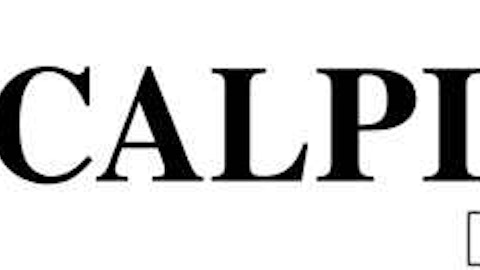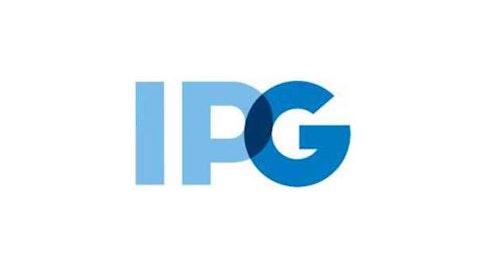Harry Winston Diamond Corporation (USA) (NYSE:HWD) was in 19 hedge funds’ portfolio at the end of the fourth quarter of 2012. HWD has seen an increase in activity from the world’s largest hedge funds in recent months. There were 17 hedge funds in our database with HWD positions at the end of the previous quarter.
In the eyes of most traders, hedge funds are viewed as worthless, old financial tools of yesteryear. While there are greater than 8000 funds trading today, we choose to focus on the aristocrats of this group, around 450 funds. Most estimates calculate that this group controls the lion’s share of the smart money’s total asset base, and by tracking their best equity investments, we have come up with a few investment strategies that have historically outperformed the S&P 500 index. Our small-cap hedge fund strategy outstripped the S&P 500 index by 18 percentage points per annum for a decade in our back tests, and since we’ve started sharing our picks with our subscribers at the end of August 2012, we have outperformed the S&P 500 index by 25 percentage points in 6.5 month (explore the details and some picks here).

With these “truths” under our belt, let’s take a peek at the recent action encompassing Harry Winston Diamond Corporation (USA) (NYSE:HWD).
How have hedgies been trading Harry Winston Diamond Corporation (USA) (NYSE:HWD)?
Heading into 2013, a total of 19 of the hedge funds we track held long positions in this stock, a change of 12% from one quarter earlier. With the smart money’s positions undergoing their usual ebb and flow, there exists an “upper tier” of noteworthy hedge fund managers who were upping their stakes significantly.
Of the funds we track, Select Equity Group, managed by Robert Joseph Caruso, holds the largest position in Harry Winston Diamond Corporation (USA) (NYSE:HWD). Select Equity Group has a $27 million position in the stock, comprising 0.4% of its 13F portfolio. Coming in second is Karsch Capital Management, managed by Michael Karsch, which held a $19 million position; the fund has 1.3% of its 13F portfolio invested in the stock. Some other hedgies that are bullish include Keith Meister’s Corvex Capital, Paul Tudor Jones’s Tudor Investment Corp and Jeffrey Smith’s Starboard Value LP.
Consequently, key money managers were breaking ground themselves. Tudor Investment Corp, managed by Paul Tudor Jones, assembled the most valuable position in Harry Winston Diamond Corporation (USA) (NYSE:HWD). Tudor Investment Corp had 9 million invested in the company at the end of the quarter. Alexander Mitchell’s Scopus Asset Management also initiated a $5 million position during the quarter. The other funds with new positions in the stock are Mark Kingdon’s Kingdon Capital, Jim Simons’s Renaissance Technologies, and Dmitry Balyasny’s Balyasny Asset Management.
What have insiders been doing with Harry Winston Diamond Corporation (USA) (NYSE:HWD)?
Bullish insider trading is best served when the primary stock in question has seen transactions within the past 180 days. Over the last six-month time frame, Harry Winston Diamond Corporation (USA) (NYSE:HWD) has experienced zero unique insiders buying, and zero insider sales (see the details of insider trades here).
With the results exhibited by the aforementioned strategies, retail investors should always keep an eye on hedge fund and insider trading activity, and Harry Winston Diamond Corporation (USA) (NYSE:HWD) is no exception.
Click here to learn more about Insider Monkey’s Hedge Fund Newsletter
Insider Monkey’s small-cap strategy returned 29.2% between September 2012 and February 2013 versus 8.7% for the S&P 500 index. Try it now by clicking the link above.





